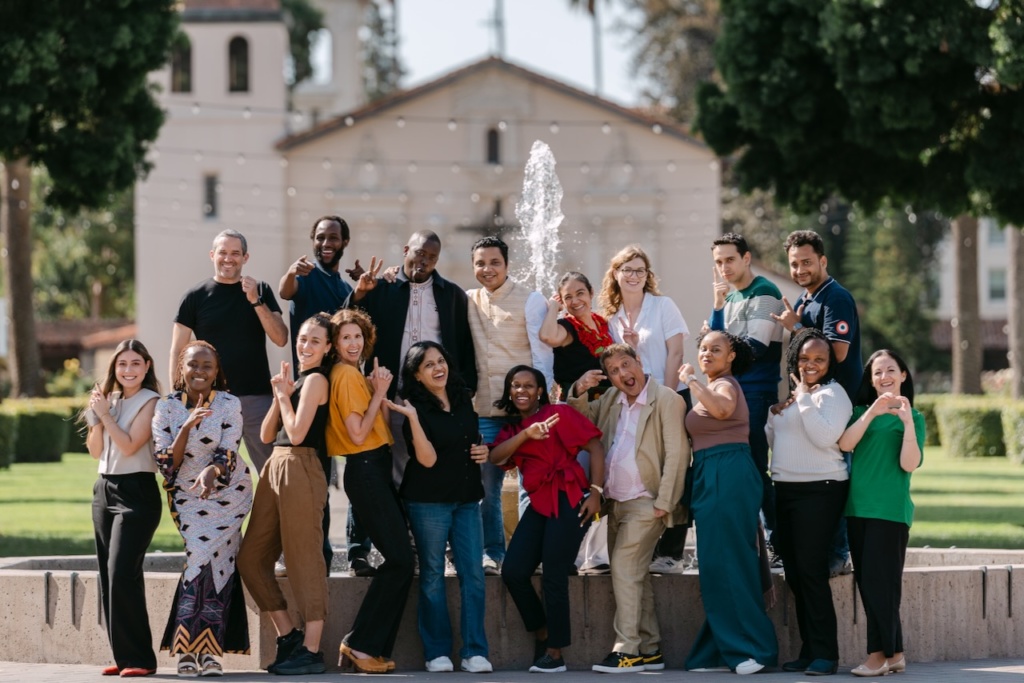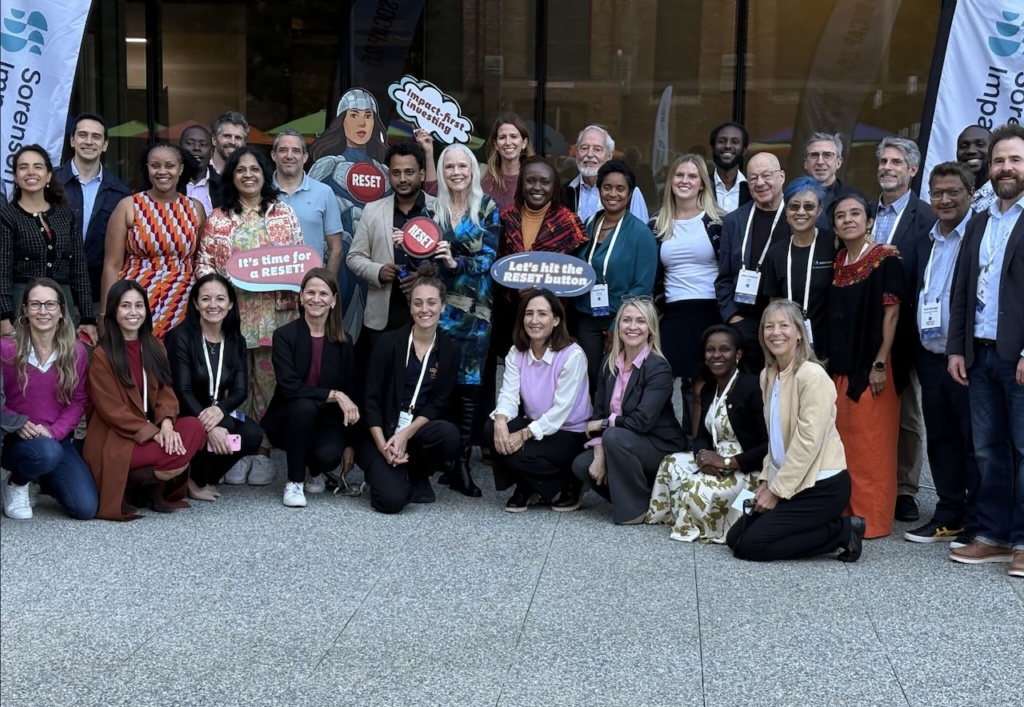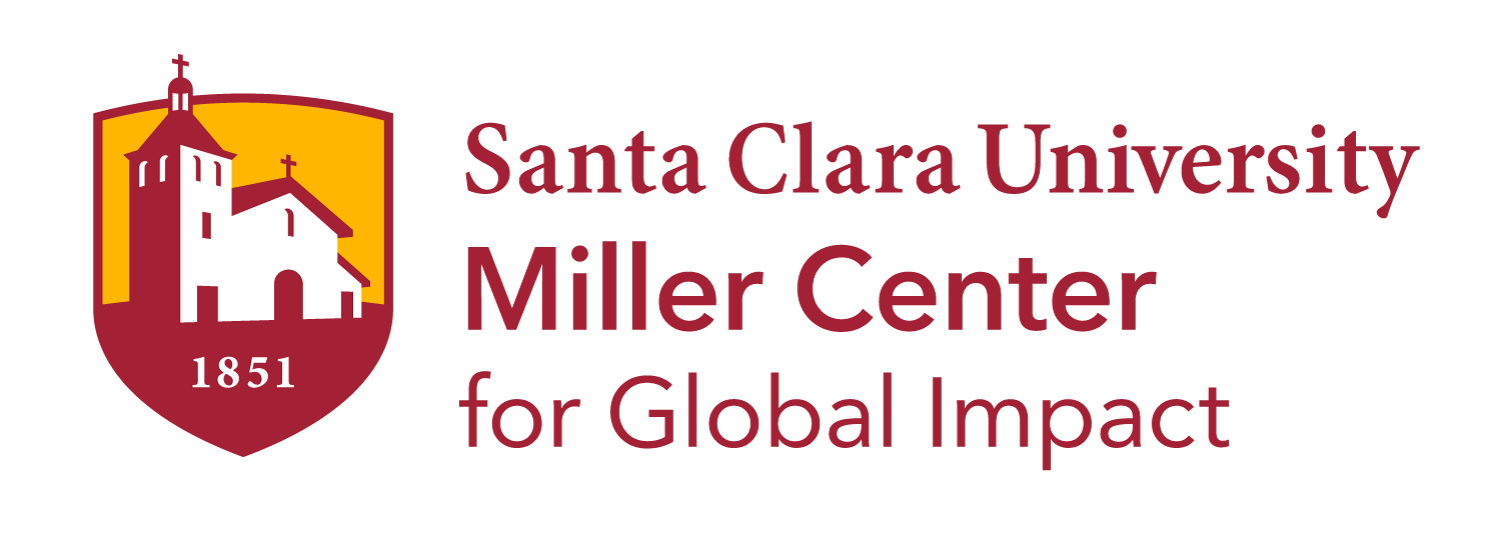This October at Miller Center for Global Impact, we wrapped up an extraordinary season. Our 2025 In-Residence program brought together an exceptional group of impact entrepreneurs whose work spans climate resilience, women’s economic power, inclusive markets, and more.

At the same time, we launched a collaborative landmark study, The True Cost of Impact-First Investing, which we presented at this year’s SOCAP25 conference in San Francisco. The study uncovers what it really takes (and what it really costs) to deploy catalytic capital for deep, inclusive impact.
Together, In-Residence and this study offer a fresh blueprint for how the impact ecosystem must evolve if we’re going to bridge the “Valley of Death” for high-impact enterprises.
What the True Cost Study Revealed
At SOCAP25, eight leading catalytic capital providers — Acumen, Global Partnerships, Halcyon, Kiva, MCE Social Capital, Miller Center, Open Road Impact, and Village Capital — released initial findings from a six-month collaboration to answer one of the sector’s core questions:
What does it really cost to invest in deep impact, and who bears that cost?
This study revealed that impact-first funds close more deals per year and at a lower cost per investment than commercial funds. But at a much higher cost per dollar deployed. The reason: smaller ticket sizes and intensive support drive up operational costs. The study shows that these “extra” costs aren’t inefficiency, they’re the cost of inclusion and market-building. If funders want scalable, equitable capital markets, they must resource the intermediaries doing the work traditional finance relies on but doesn’t fund.
The 2025 In-Residence Cohort: What They’ve Built, Why It Matters

Over the past four months, our 13-enterprise global cohort worked closely with Miller Center mentors to refine business models, strengthen execution, and prepare for investment. They represent impact solutions in:
- Africa – Kenya, Senegal, Uganda
- Asia – India, Nepal
- Latin America – Colombia, Mexico, Peru
Their work spans safe water, regenerative agriculture, artisan livelihoods, clean energy, e-mobility, sustainable fishing, affordable housing, and more; a living map of where inclusive innovation is happening.
Inside the Capital Readiness Journey: Mock Investor Meetings
One of the most defining elements of In-Residence and a real example of the “true cost” of impact-first investing is the two-stage Mock Investor Meeting capstone.
Instead of a pitch showcase, entrepreneurs step into a live simulation where they present to an intimate, curated group of funders and experienced Miller Center enterprise CEOs. The experience brings together a wealth of human capital from investors including Bayer Foundation, Social Capital Foundation, Deep Community Capital, CataCap, WaterEquity, Kiva, Techne Infinite Ventures, Fundacion Bancolombia, Beneficial Returns, Beyond Capital Ventures, LoftyInc, D-Prize, and more, alongside allstar Miller Center enterprises like Husk, Tugende and Numida.
The purpose is to pressure test in a safe space. While entrepreneurs manage the meeting, investors drill deep into the business exploring and challenging fundamentals, assumptions, margins, governance, and more. The goal isn’t polish. It’s clarity, credibility, and a stronger investment case.
Entrepreneurs walk away with:
- Sharper decks, asks, and financial models
- Firsthand insight into where investors push back
- Practice responding in real time under pressure
- Confidence earned through challenge, not praise
Investors walk away with:
- A pipeline of stronger, investment-ready enterprises
- Visibility into the realities of frontier markets
- A chance to mentor, not just screen
This kind of high-touch preparation is exactly what traditional markets don’t fund but what dramatically increases the odds that impact-first entrepreneurs can raise catalytic capital. Exactly the kind of cost the True Cost study highlights as essential, not optional.
Four Themes That Defined the 2025 Cohort
Across the cohort, four major patterns emerged, each showing where impact entrepreneurship is heading:
1. Early Bets That Compound
When you support bold ideas early, before traction, before scale, you unlock returns that are financial, social, and human.
Featuring: Smart Havens Africa
2. Recent Graduates Scaling Faster
Five entrepreneurs joined In-Residence immediately after graduating from our online Accelerator, proving that when entrepreneurs stay in motion, growth accelerates.
Featuring: Petalii, Loop, Kiri EV, Smart Fish, Crafts with Meaning
3. Entrepreneurs Returning Bigger
Some founders return when the stakes are higher, raising larger rounds, acquiring, merging, or entering new markets. That’s not repetition. That’s a lifelong network at work.
Featuring: Pollinate Group, DIG, Oorja Development Solutions
4. Agriculture & Water as the Climate Frontier
These enterprises are proving that climate adaptation and resilience are being led from the ground up, by and for the communities most affected.
Featuring: Tierra de Monte, Manikstu Agro, Safi Organics, Aqua Clara Solutions
Closing Thoughts

Two truths emerged this year:
- Impact-first costs more. When you’re intentionally inclusive, you carry higher costs to reach underserved markets.
- Impact-first creates a multiplier effect. When you pair catalytic capital + infrastructure + committed entrepreneurs, you unlock change traditional capital cannot reach.
Miller Center sits at the intersection of both:
researcher → proving the model, and
practitioner → accelerating the entrepreneurs living it
Impact isn’t simple. It isn’t fast. It isn’t cheap. But it is possible. The study quantified the cost. The entrepreneurs in this cohort proved the return. If you’re ready to move beyond narrative into intentional, inclusive, scalable action, the time is now.
What’s Next For You, With Us, Together
Read the full True Cost study press release to rethink how you resource impact.
Connect with the 2025 cohort — many are raising or forming partnerships now.
Reflect on your own cost structures — are your resourcing realities aligned with your impact claims?
Join the Miller Center ecosystem — change grows through networks, not solo actors.

